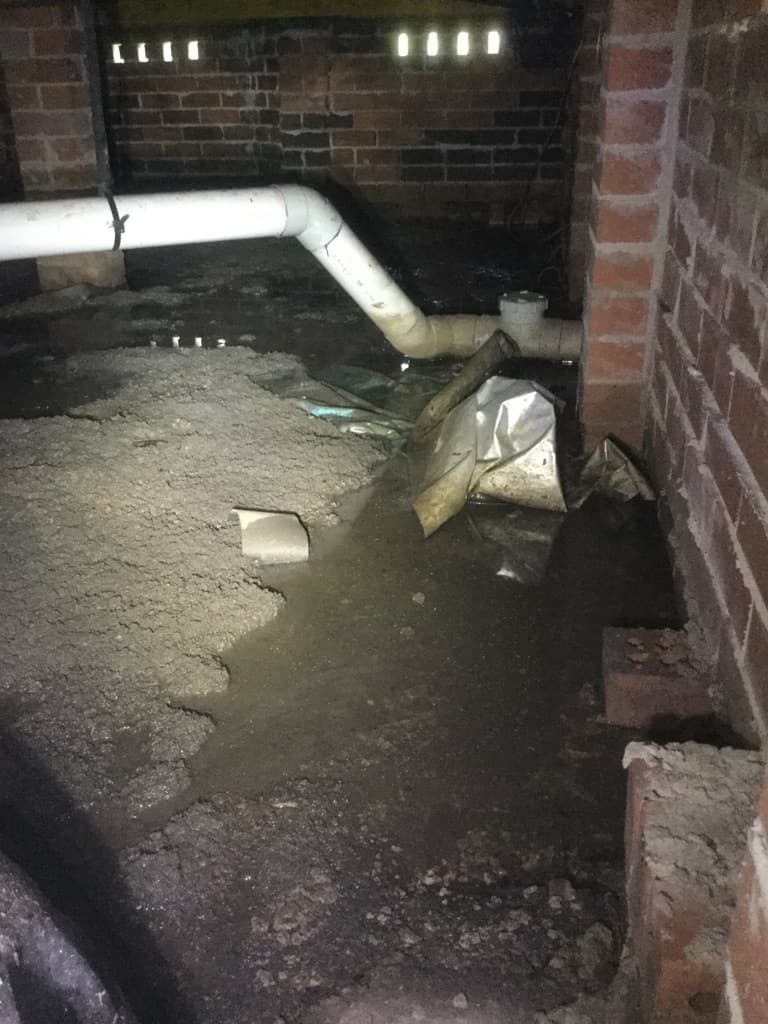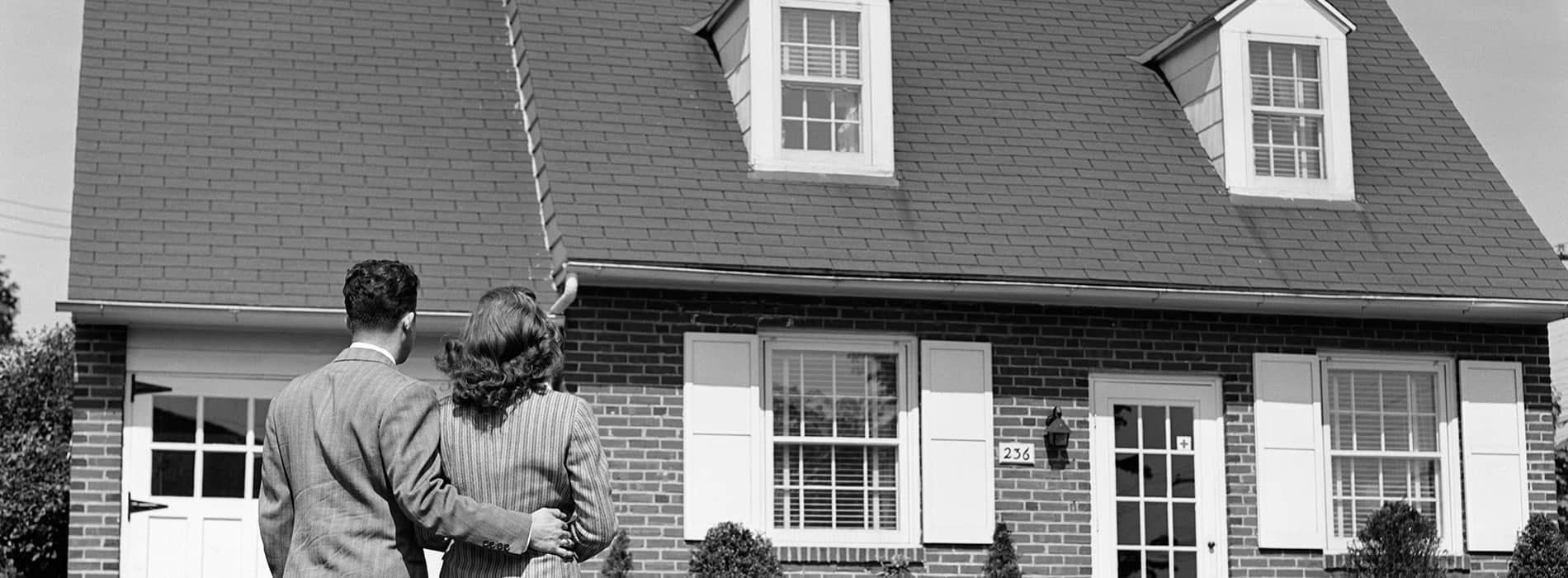
15 Apr Drainage & foundations issues
Drainage & foundations issues
Another Building & Pest Inspection completed by East Coast Building Inspections in Callala Bay New South Wales 2540. With major & minor defects found, drainage is a major issue to building’s causing foundations to sink & create extensive cracking. Finding drainage problems when they are smaller and easier to fix can save you thousands of dollars and plenty of headaches in the long run.
Gutters need to be installed correctly so that they catch the water coming off your roof and channels it away from your house and its foundation. Your gutters should have a downward slope of 15 millimeters for every 3 meters of run to ensure they drain completely.
If your house is more than 12 meters wide, the optimal installation would have the gutters sloping down from a high point in the middle to down pipes & at each end of the house connected to storm water.
Water flowing over the edge of your gutter means dead leaves and debris are blocking the flow.
But you don’t need water overflowing to tell you you have got problems
- Vertical streaks of dirt on the outside of gutters
- Mud splattered on the fascia
- Paint peeling off the house in vertical strips are other sure signs.
If you don’t take action overflowing gutters can cause significant wood decay, ruin paint jobs and cause structural damage.
Foundations often have small cracks that appear as houses settle over time. Most are harmless, but bigger cracks require close supervision. Keep an eagle eye on cracks larger than 1/8-inch wide by marking the ends with an erasable pencil line. Measure the width and jot it down. If you notice the cracks are growing you may have potential problem.
Cracks are continuing to widen indicating that a drainage problem may be deteriorating the foundations. Call a structural engineer (not a contractor or waterproofing expert) to diagnose the problem, assess the risk, and suggest a repair.
If you see areas of white or grey crust in the subfloor walls that’s efflorescence—mineral deposits left behind by evaporating water.
The wall is getting water inside the masonry. This can be just superficial but if it’s deeper than ½-inch and widespread, it may be a sign of inadequate drainage that threatens the integrity of your foundation.



Sorry, the comment form is closed at this time.